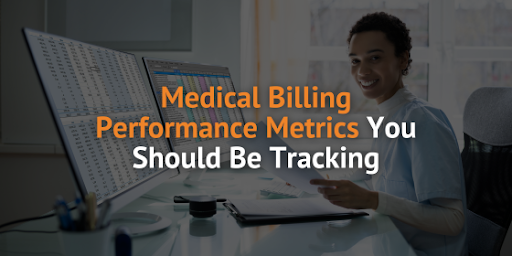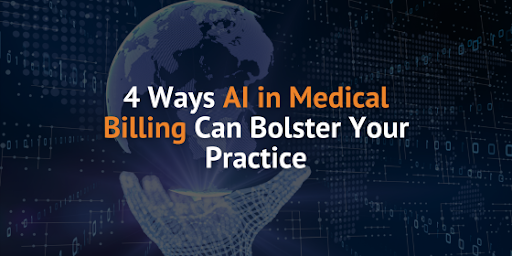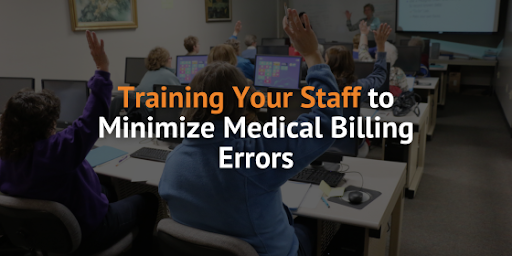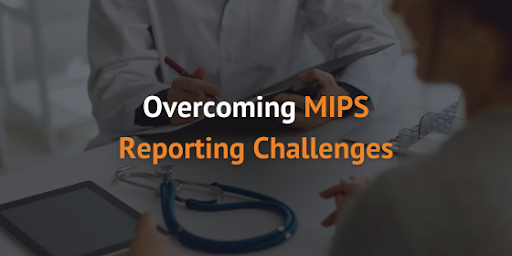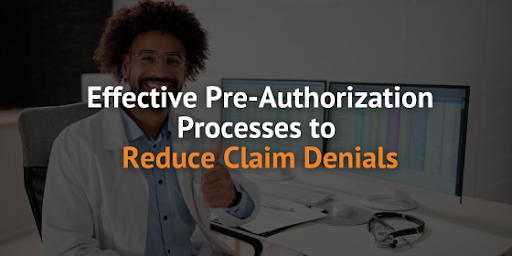
Effective Pre-Authorization Processes to Reduce Claim Denials
Claim denials are a significant concern for healthcare practices, directly impacting revenue and cash flow. 25% of denied claims are due to utilization issues, with many of these stemming from missing or expired pre-authorization codes. Without an effective pre-authorization process, practices face delayed payments, additional administrative workload, and potential financial losses. By implementing streamlined pre-authorization practices, you can drastically reduce these denials, maintain a healthier revenue cycle, and ensure a smoother billing process.
Here’s how to get it right.
1. Stay Informed on Insurance Policies and Requirements
Insurance policies vary across providers and can frequently change, which makes staying up-to-date on their pre-authorization requirements crucial. Assign a staff member to regularly review updates from major insurers and maintain a centralized resource that your billing team can easily access. This proactive approach helps your practice avoid unnecessary claim denials due to outdated or incorrect information.
2. Verify Patient Coverage and Eligibility Early
One of the most effective ways to avoid pre-authorization denials is to verify patient coverage as early as possible, preferably before the appointment. Verify details such as plan type, coverage limits, and any pre-authorization requirements for the proposed services. This step allows for early detection of potential coverage issues and provides an opportunity to address them upfront, reducing the likelihood of denial.
3. Implement a Standardized Pre-Authorization Workflow
Creating a standardized process for handling pre-authorizations can significantly reduce errors. Establish clear steps for identifying procedures that require pre-authorization, gathering necessary documentation, submitting requests, and following up on pending authorizations. Ensure that every member of the billing and administrative team understands the workflow and knows how to handle different scenarios.
Use technology to support this process by integrating pre-authorization steps into your billing software. By having a clear, automated workflow, you ensure consistency, reduce manual errors, and speed up the authorization process.
4. Ensure Complete and Accurate Documentation
Insurance companies often deny claims due to incomplete or inaccurate documentation. When submitting pre-authorization requests, include all necessary details, such as physician notes, test results, and patient history, to substantiate the medical necessity of the procedure. Keep a checklist of required documents for different services to make sure nothing is overlooked.
A streamlined billing software solution can help you organize and attach relevant documentation, making the submission process more efficient. This can significantly reduce denials caused by missing or insufficient information.
5. Monitor and Follow Up on Pre-Authorization Requests
Pre-authorization is not a one-time task; it requires ongoing monitoring and follow-up. Establish a system for tracking the status of all pre-authorization requests, including pending, approved, and denied requests. Implement a schedule for regular follow-ups with insurance providers to check on pending authorizations.
Efficient billing software can provide reminders for follow-ups and status updates, helping ensure that requests are not overlooked and reducing the risk of delays in the billing process.
6. Train Staff and Emphasize Communication
Train your billing and administrative staff on the importance of pre-authorization and best practices for handling the process. Regular training sessions can ensure that everyone is up-to-date on the latest insurance policies, pre-authorization requirements, and documentation procedures. Additionally, fostering clear communication between the billing team, clinical staff, and patients can help streamline pre-authorization and improve patient satisfaction.
7. Leverage Technology for Automation and Efficiency
Technology is key in making the pre-authorization process more efficient. Using billing software that integrates pre-authorization workflows and insurance verification can greatly reduce manual errors and speed up the process. Look for software solutions that automate parts of the pre-authorization process, like identifying procedures that require approval and generating reminders for follow-ups.
Billing software like EZClaim offers integrated solutions that support practices in managing their billing and pre-authorization processes more effectively. By leveraging tools that automate verification and keep records organized, practices can reduce the risk of denied claims while freeing up staff time to focus on patient care.
Reduce Claim Denials with EZClaim
Effective pre-authorization processes are critical for reducing claim denials and maintaining a healthy revenue cycle. By staying informed on insurance policies, verifying patient eligibility early, implementing standardized workflows, ensuring accurate documentation, and leveraging technology, practices can minimize denials and streamline operations.
Implementing a solution like EZClaim can further support these efforts, offering the tools and automation needed to manage pre-authorizations efficiently.
To see how an integrated billing solution can help your practice, book a free demo today.

